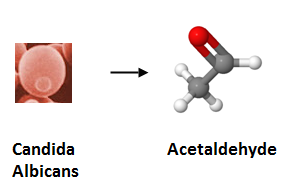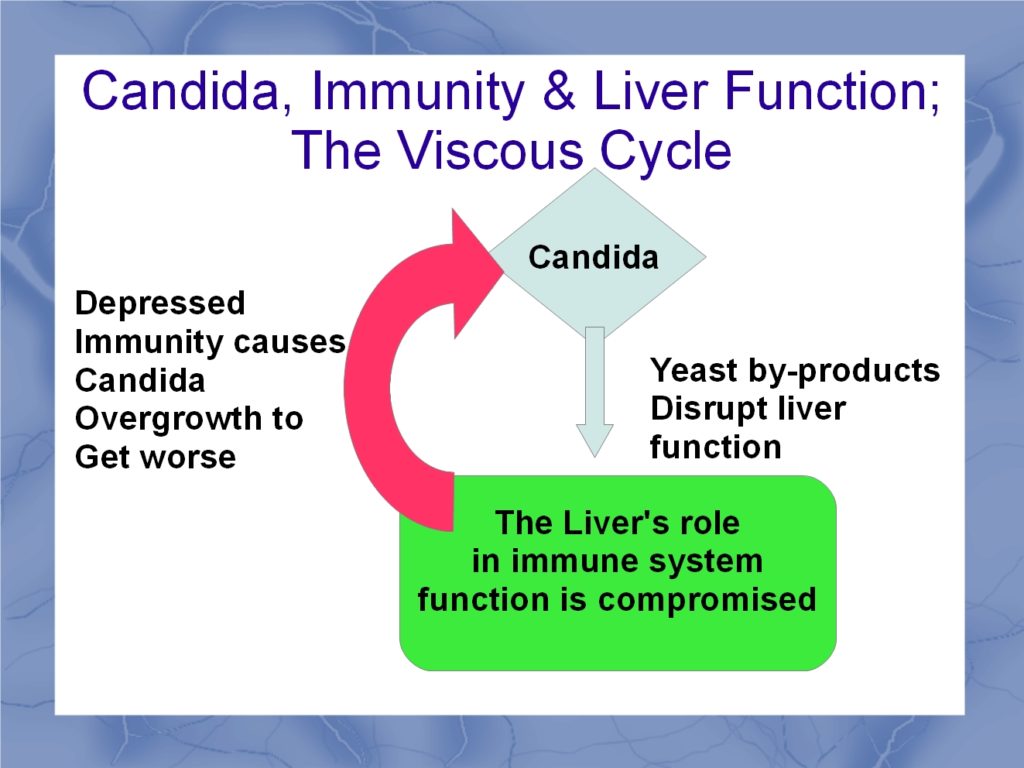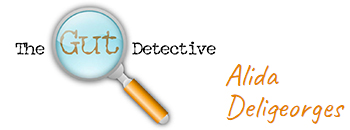Beware Of Candida’s Dangerous Toxins
Part of what makes systemic Candida overgrowth so poisonous is the toxins that it naturally produces during its life cycle.
Systemic Candida overgrowth releases two dangerous toxins into the body – acetaldehyde and gliotoxin.

Candida waste by-products, such as gliotoxins and acetaldehyde, are implicated in a wide range of disorders like nutritional deficiency, depression and anxiety, brain fog and fatigue, autoimmune conditions, systemic inflammation, and weakened immune response.
1. ACETALDEHYDE
In Candida, acetaldehyde is a metabolic by-product. It collects in the body’s tissues and promotes sugar addiction (making it almost impossible to give up sugar if you have systemic Candidaovergrowth).
Too much acetaldehyde in our bodies is equivalent to alcohol poisoning, and has even been associated with Alzheimer’s disease and liver disease.
A build-up of acetaldehyde can also lead to oxidative stress, damaging DNA in the cells, and even leading to cancer.

Gliotoxin stimulates the death of cells and the destruction of tissue. In particular, it stimulates the destruction of liver cells and cells belonging to the immune system, as well as suppressing the immune system overall.
Gliotoxin in effect prevents both the liver and immune system from playing their pivotal roles in the prevention and detoxification of the body.

Studies show that gliotoxin is especially high in patients with multiple sclerosis (MS), an autoimmune disease affecting the central nervous system.
As Candida grows stronger and proliferate, it forms a biofilm (a protective matrix around itself) which increases the production of gliotoxin.
